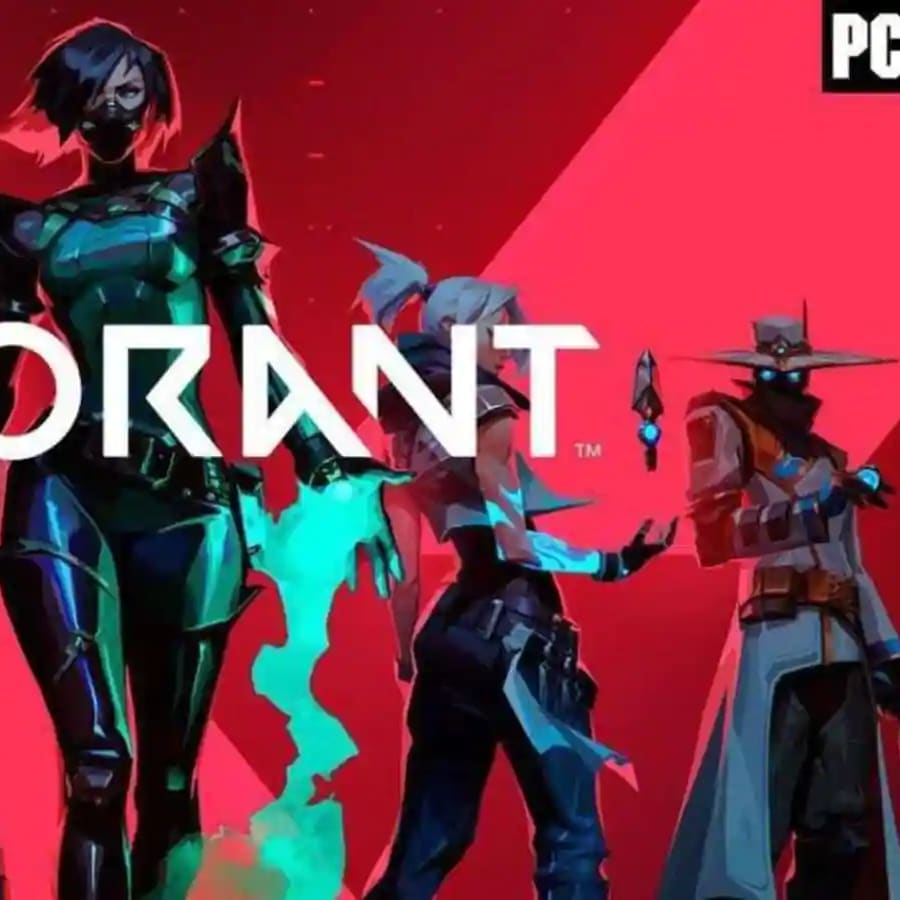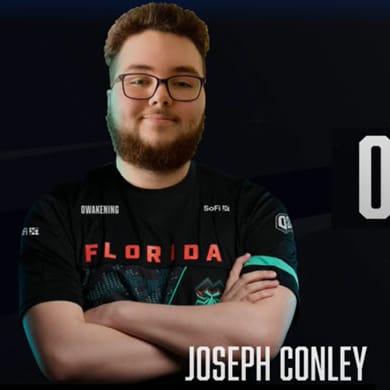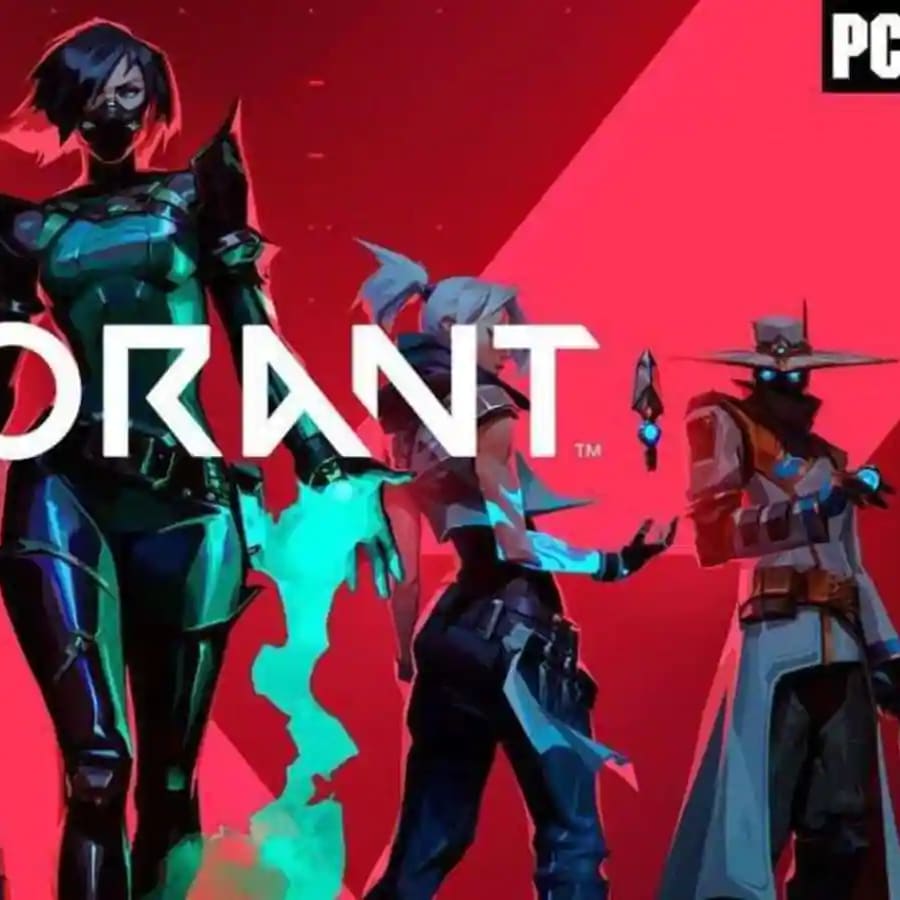This article is part of our Basics of eSports series.
It's no secret that esports, as a whole, has seen a rise in interest as of late, with games like League of Legends, Hearthstone and Dota 2 all riding a wave of new found popularity that is bursting into the mainstream. My colleague, James Bates, does a wonderful job of introducing arguably the most popular esport in the world, League of Legends. In it, he explains the basic premise behind all MOBA games and outlines the simple logistics of a given LoL or Dota 2 competition. That being said, it's my job to showcase some of the unique qualities that makes Dota 2 one of the most strategic games that esports has to offer.
To the casual observer, Dota 2 and League of Legends could seem like two fraternal twins. Both games focus on two groups of five players facing off against one another in an attempt to destroy a central location, the Ancient in Dota 2, and the Nexus in LoL. Both games allow for each character to use a variety of spells or ultimate abilities to affect the outcome and strategy of the game, like some sort of bizarre chess match. And each game requires the help of creeps, who mindlessly shuffle down specified lanes to destroy enemy objectives.
But if you look closely, there are a couple of major differences between Dota 2 and League of Legends, ones that drastically alter the strategy of the game. The first, and arguably most important difference, focuses on those aforementioned creeps and the ability to "deny" a kill.
Much of the early portion of the game, otherwise known as the laning phase, is centered on gaining experience and gold. The easiest way to accumulate that wealth and experience is by killing the opposition's creeps. Considering players have the opportunity to accumulate additional gold by landing the final hit on an enemy creep (called last hitting) the timing behind each move becomes increasingly critical. However, Dota 2 provides players the option to deny a kill, attacking their own creep in an effort to reject the opposition's attempt to gain additional gold and experience. While the move may seem barbaric, the strategic elements behind the friendly fire causality cannot be overstated, and it's one of the ways Dota 2 separates itself from League of Legends.
Another critical difference between the two games focuses on player deaths. Let's face it, even the best LoL or Dota 2 players will succumb to a death every so often. While LoL tends not to penalize death, other than forcing the player to miss out on potential gold gains while they wait for their hero to respawn, Dota 2 puts a premium on life. So much so that when a player dies, they lose a certain chunk of their acquired gold. Thus killing an opponent's hero in Dota 2 becomes a two-fold attack: a player pockets a hefty amount of change by disposing an enemy player while simultaneously ruining their opposition's chance at building up any sort of gold reserves, money which could be used to purchase items that boost the character's attributes.
While there are other smaller differences between the two MOBA games, the two that I highlighted above stand out as particularly important when looking at the finer points of Dota 2. Generally speaking, you, as a fan, can predict the outcome of the game depending on which team does a better job of using those unique aspects to their advantage.
There are plenty of opportunities to watch the professionals put together intricate schemes and strategies throughout the year. Dominant organizations like Team Secret and Evil Geniuses display this in spades, and it's part of the reason they are some of the best teams in the world, and will likely continue to be for the foreseeable future. Fighting with Team Secret for the right to be named best team in Europe, Team Liquid and the ever-impressive OG will also look to flex their respective gaming prowess in the upcoming season. And with the introduction of four annual, seasonal tournaments, dubbed the Dota Major Championship, fans of the game will have more opportunities to watch their favorite teams compete at the highest level.
As a newcomer to Dota 2 and LoL I know it is unlikely I could ever play at such a prestigious level of the game. But what makes them interesting, and altogether more fascinating, is their accessibility. While I love the NFL, my short stature and lack of bulging muscles generally means I will never play the sport at a professional level. The beauty behind esports is that it doesn't require your fitness level to replicate an in-his-prime Arnold Schwarzenegger. It simply requires a bit of ingenuity and a fully charged computer. With a couple of simple clicks and a bit of luck, I could be playing with or, *gulp* against one of the many professional Dota 2 players who practice on the games' server at any given time. I can only imagine making a one-handed catch near the back of the end zone against Darrelle Revis. But in Dota 2, I don't have to imagine making some ridiculous play; I can hop on my computer and hone my skills against everyday players.
It's this kind of access that originally drew me into the sport, but it's the inner workings of the game and varying strategies that I hope will keep you coming back for more.












